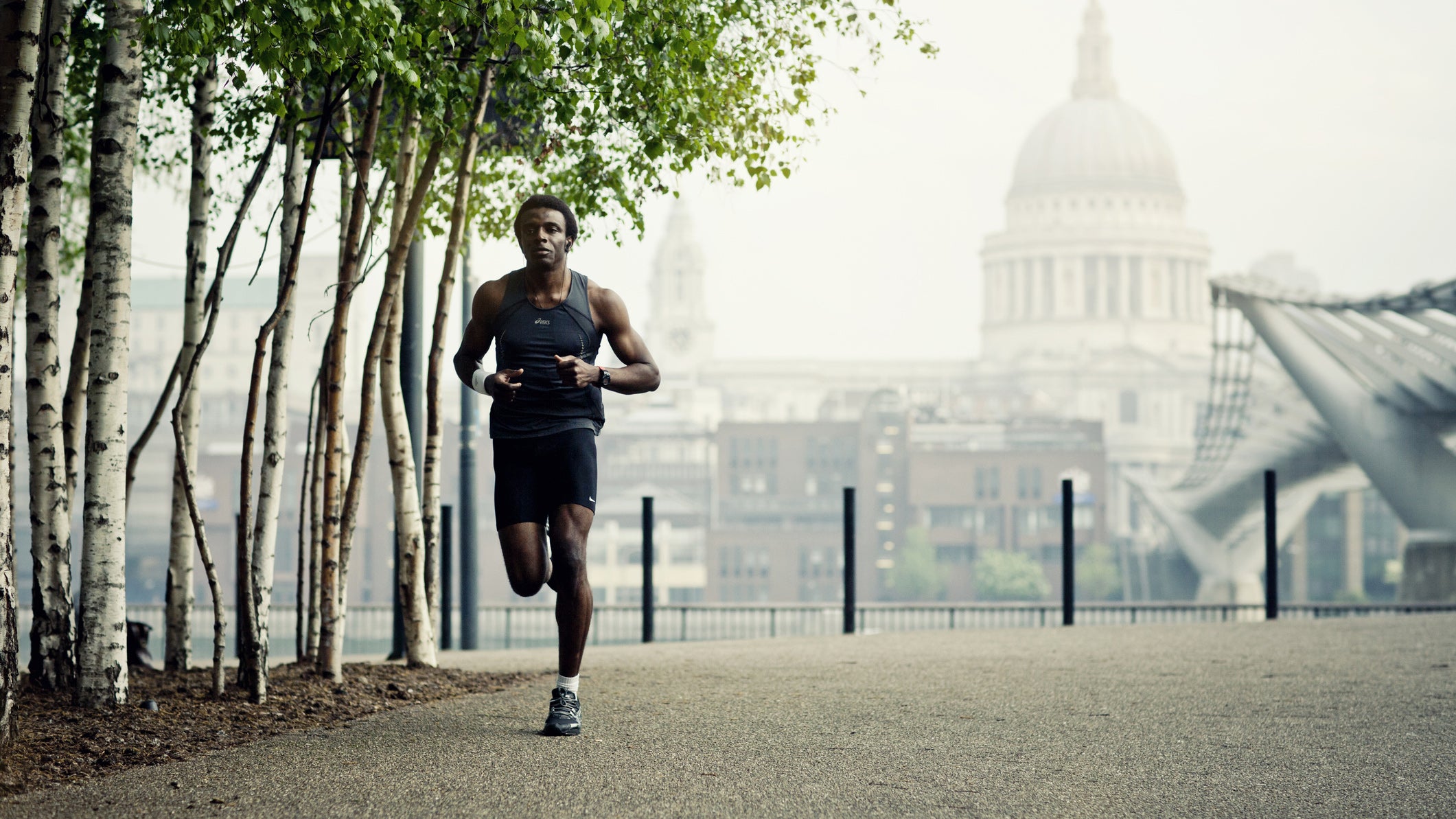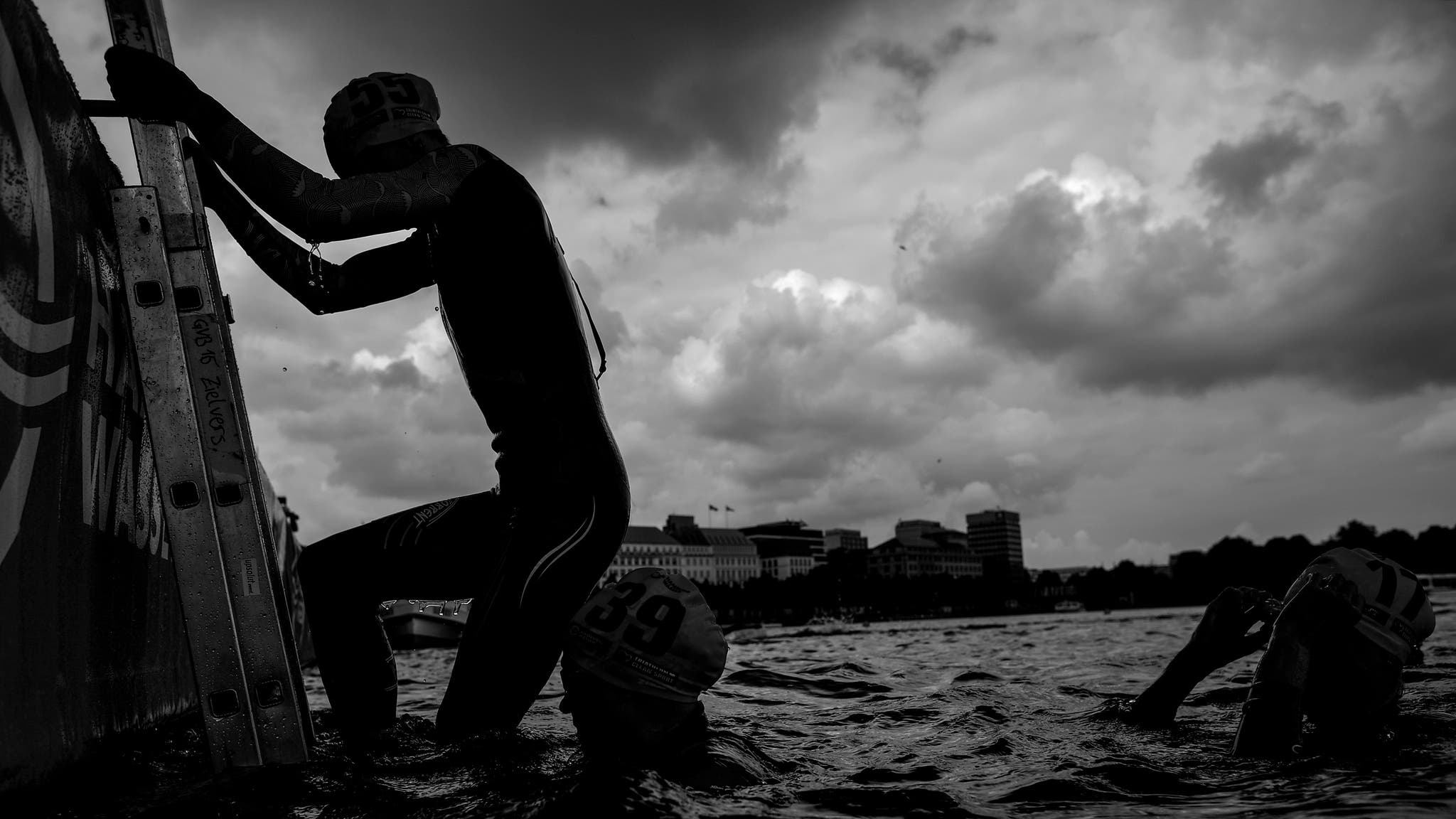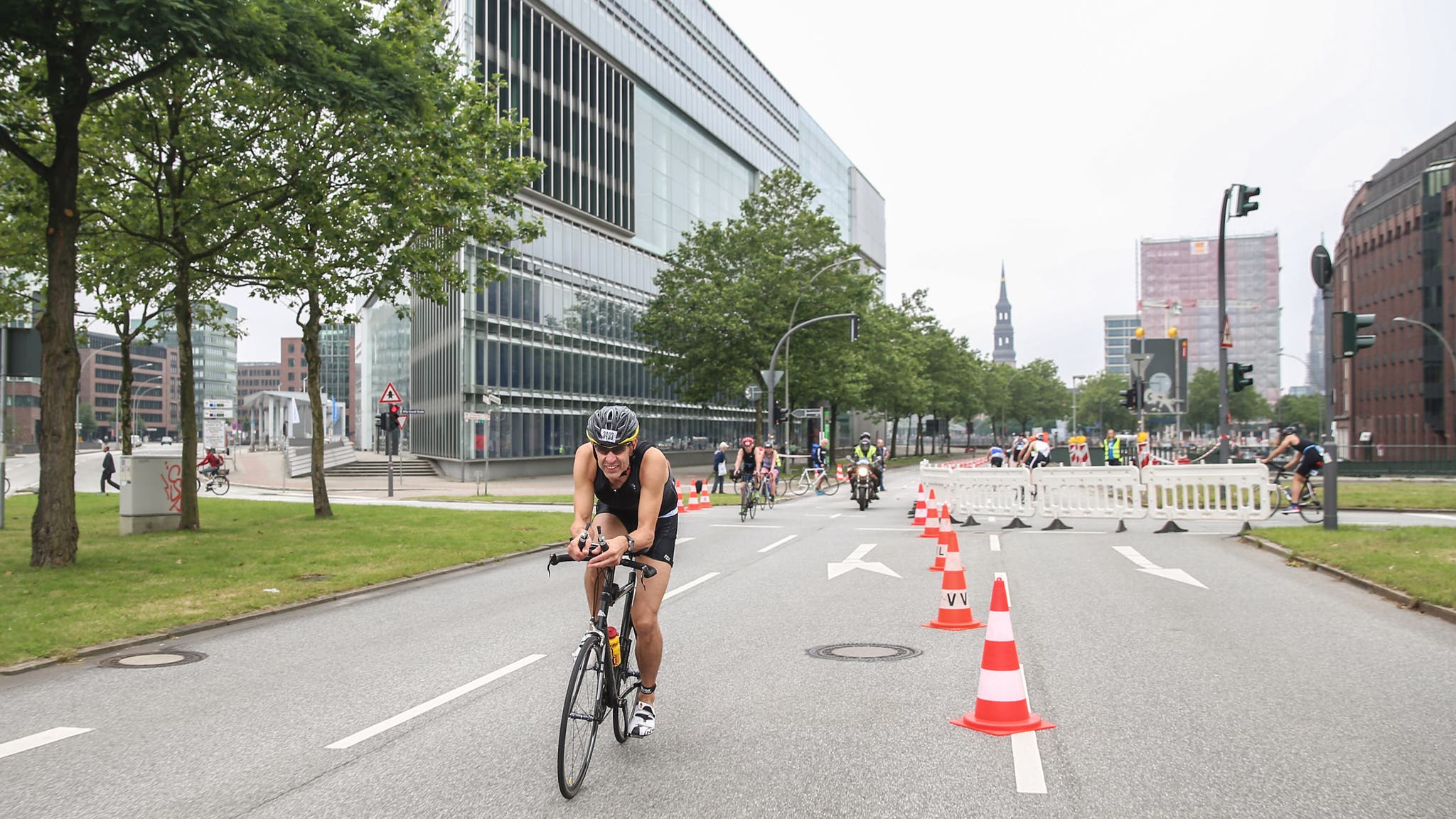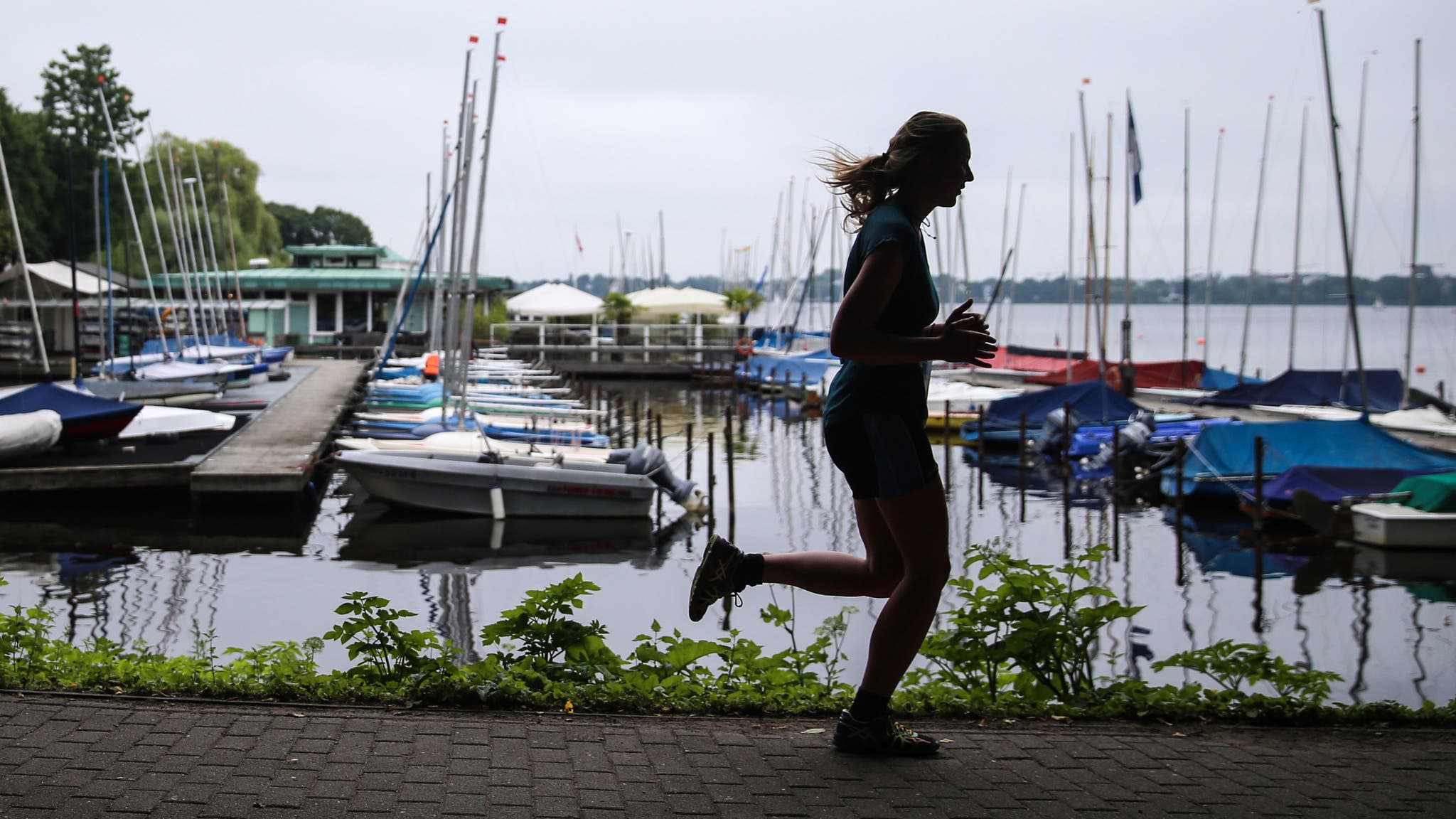What's Holding You Back?

(Photo: Getty Images)
The first edition of The Triathlete’s Training Bible was published in 1998 but I actually started writing it in 1996. So it’s been about 25 years since I decided to put on paper how I coached triathletes. A lot has changed since then. Racing has become more competitive. Age-group times at every distance have gotten faster in the last two decades. And the trend continues. Today’s triathletes are a lot smarter than those in the 1990s. That things have changed is why the book is now in its 4th edition, which was a complete rewrite of the previous three editions. While I kept the Table of Contents about the same, each chapter was completely new. Keeping up with the changes in training has been a big challenge in making the Training Bible a viable tool for triathletes.
But there is one thing hasn’t changed: the underlying philosophy of the book. That philosophy can be summarized as “that which is measured improves.” There are some folks who give me pushback on this. They point out that there are many things that can’t be measured. I understand their point but disagree. The problem is defining the word “measured.” In triathlon that is usually taken to mean a precise number that is a calculation of time, miles, kilometers, power, pace, Training Stress Score, or some other measure of training or performance. While those certainly play a role in performance-defining metrics, there is much more to successful training and racing than the data that is collected on your wristwatch or handlebar device.
The most obvious outlier is your mental approach to training and racing. We are all acutely aware of how our mindset contributes to or detracts from race performance. Some argue that those goings-on between your ears are not measurable. I disagree. Honest self-observations of your motivation, confidence, thought habits, focus, and visualization ability are well-accepted measurements. Nobody knows you as well as you do. In the first three editions of the book I included a “Mental Skills Profile” to help determine your psychological strengths and weaknesses. But I think most of us who have been around the sport for some time know what we’re mentally good at and what we’re not so good at. So in the most recent edition I replaced the profile with a the summary of a research study on the same topic using athletes who medaled at the Olympics and how their mental approaches differed from those who didn’t medal. Again, all of the mental tools of the podium athletes served as a form of self-evaluation for the reader. The thoughtful athlete would typically ask: Do I have those mental skills or don’t I? So I believe mental traits can be assessed and measured by the serious athlete, even though they are subjective rather than objective measurements.
RELATED: Test Your Mind: Mental Performance Assessment for Endurance Sports
I really don’t know of anything that can’t be measured in some way when it comes to race preparation and performance. But the most obvious, if we stick to the narrowest definition of “measured,” are all of those things that we work on in training. Yes, certainly mental skills are worked on in training—or at least they should be—but the primary focus of the book over the years has been physical training. So let’s stick with that category of measurables for now.
What are “limiters?”
All of this brings me to the methodology of training that grew out of my philosophy of training—what I call “limiters.” Limiters are at the heart of my training methodology. As an athlete and coach I learned long ago that if I could identify the race-specific weaknesses holding an athlete back from attaining his or her goal—and I could measure it—then the athlete and I would be pointed in the right direction for training. We could monitor progress toward improvement of the key obstacle to the athlete’s goal. Notice that I referred to this as a “race-specific weakness.” Not all of your weaknesses are race-specific. For example, if you are a poor hill climber on the bike but there are no hills on your goal race course then climbing is not a limiter even though it’s a weakness.
Identifying the limiter is not always apparent, even though you often know what your greatest weakness is. The starting question for this self-evaluation always is: Which of the three sports is your weakest? Everyone knows all too well the answer to that question. If unsure you can easily find a pattern in how you stack up against the competition by looking over your race results. Getting to the answer of “why” is much more difficult. This usually requires some digging through not only race results, but also training data. In the Training Bible I suggest there are six “abilities” that define all of the physical limiters. I also include the types of ability-based workouts that can be employed to strengthen your limiter. The abilities are aerobic endurance, muscular force, speed skills, muscular endurance, anaerobic endurance, and sprint power.
Based on my experiences as a coach for four decades, here are what I’ve found are the most frequent limiters for each sport among age group triathletes and my proposed “fix” for each. Realize that while these examples are common they may not define your limiter. Reading the book will help you figure that out.
Common swim limiters

Athletes who began competitive swimming later in life, as most triathletes have, typically believe the key to swimming faster is to do more intervals, especially if they come from a cycling or running background. But that is seldom the solution to fixing their limiter. The solution isn’t training harder but rather reducing the specific limiter that is holding them back—a lack of skill.
Swimming is a unique endurance sport in that performance relies heavily on technique. In that regard it’s somewhat like golf. Golfers don’t do intervals; they practice the skill to refine it. While that’s a bit of a stretch, it’s not far off the path you need to take to improve. So how do you know your limiter is speed skills? If you can’t swim around 90 seconds per hundred then the culprit is likely speed skills.
Rather than intervals what you need is on-deck technique instruction from a coach who understands open-water swimming. That’s not the same as pool swimming, which is what we are usually taught to do. In the fourth edition of the Training Bible I explain a four-step process for becoming a faster open-water swimmer. You could probably improve your speed skills on your own, but it will come around faster with regular coach instruction sessions.
RELATED: A Complete Guide to Triathlon Swimming
Common bike limiters

The bike is a different animal. While there are certainly skills for pedaling, cornering, climbing, descending, and more, the typical cycling limiter for triathletes is muscular endurance. This brings us to your Functional Threshold Power (FTPo—though commonly referred to as FTP). The higher your FTP, the better your muscular endurance is. FTP may be loosely defined as the highest power you can sustain for about 40 to 70 minutes.
The problem is, however, that it’s not a one-step solution. Significantly increasing your FTP requires not only doing muscular endurance training, but also weeks of base period training to fully develop your aerobic endurance, muscular force, and speed skills abilities before launching into frequent interval sessions in the build period. A power meter is necessary for this type of training as heart rate doesn’t tell us anything about performance, which is what you’re trying to improve. As your FTP increases you’ll ride faster at the same effort. This is certainly the most common key to cycling improvement in triathlon.
RELATED: What is FTP and Why Does It Matter?
Common run limiters

Running is a bit more complicated. For sprint- and Olympic-distance races the limiter is usually muscular endurance. And, as with cycling, it requires a long training process over several weeks to improve your Functional Threshold Pace. That’s roughly the pace you can hold in a 10K race. For the longer half-distance and full-distance races the limiter is more likely to be aerobic endurance. Aerobic endurance is a pace you can sustain for a couple of hours or longer. It’s improved by doing long, easy runs in zones 1 and 2 and takes several weeks of concentrated work to improve. The idea is to build fatigue resistance to keep you going following a few hours of swimming and cycling. While such training begins in the early base period, it never stops. Aerobic endurance is the most basic of the training abilities and requires frequent reinforcement to develop and maintain. This should be your most common run workout.
What about your strengths?
So far I’ve not said anything about your physical strengths. While improving your limiters is certainly critical to improved race performance, ignoring your strengths could easily cause them to fade away. But the good news is that it doesn’t take nearly as much focused training to maintain strengths as it does to improve limiters. Knowing what you’re good at and making sure it stays that way requires only a focused session in each sport weekly to maintain. While your limiters are standing between you and better performance, your strengths are the reason you as good as you currently are. Don’t lose them.
As mentioned earlier, all I’ve discussed here are the physical qualities of improved performance. There are certainly many other factors that could be standing between you and better racing. I mentioned mental skills earlier, but other common traits that contribute to performance are largely related to your lifestyle. That includes diet, sleep, psychological stress, recovery, physical stress other than training, and many more things. Something in this category could certainly be a critical limiter for you. In 40 years of coaching I’ve found that most athletes have a limiter, other than the above-mentioned physical abilities, impinging on their performances. The most common is inadequate sleep. But this is a whole other story best saved for another time.
You can buy a copy of ‘The Triathlete’s Training Bible 4th edition’ from VeloPress.